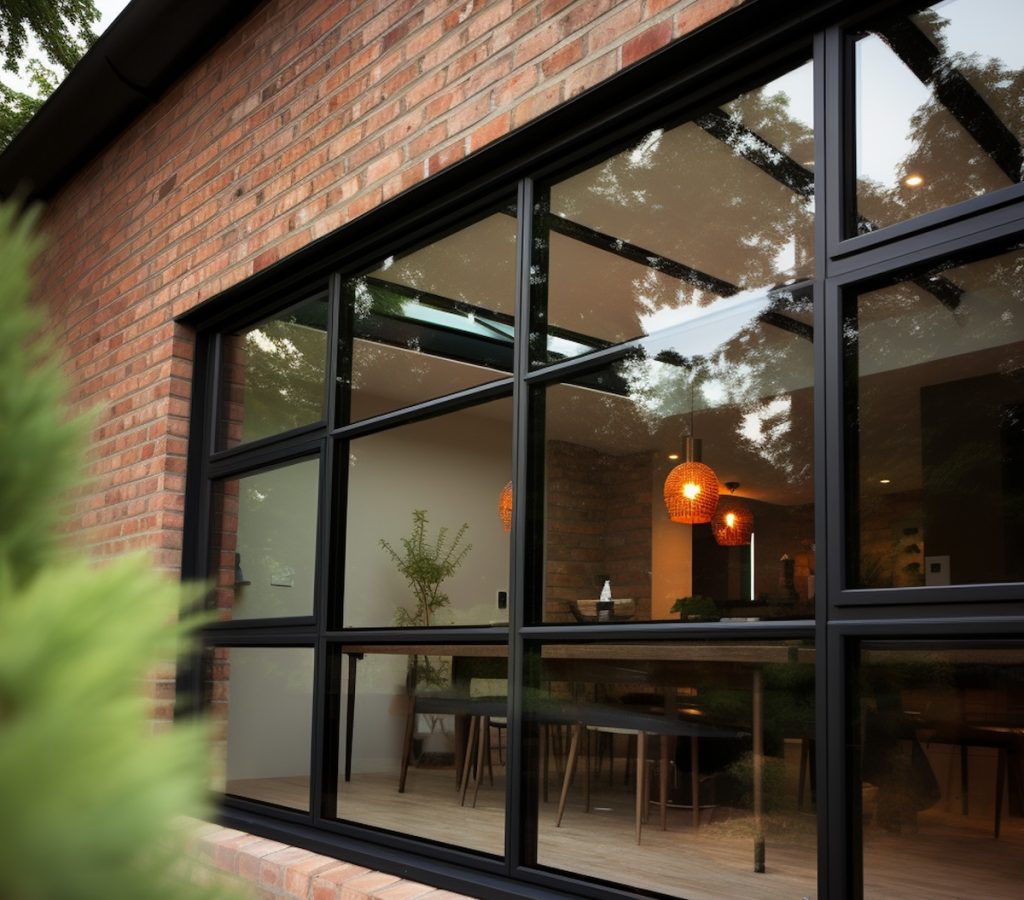How does natural gas process bauxite into Australian aluminium?
Australian bauxite, the primary ore for aluminium production, is mined through an open-cut mining process. Bauxite deposits are typically found close to the surface, so mining begins with the removal of overburden— the layer of soil, vegetation, and rock above the bauxite deposit. Heavy machinery, such as excavators and bulldozers, is used to remove this overburden and expose the bauxite ore underneath. The bauxite is then extracted, loaded onto trucks, and transported to a processing plant.
At the processing plant, the bauxite undergoes crushing and grinding to reduce the ore into small particles. This ground bauxite is then mixed with a hot solution of sodium hydroxide (caustic soda) in a process known as the Bayer (digestion) process. In this process, the caustic soda dissolves the alumina in the bauxite, leaving behind impurities as a solid residue called red mud. The solution containing the dissolved alumina is then filtered and cooled, allowing the alumina to precipitate out as a fine white powder.
To produce aluminium from alumina, the alumina powder is subjected to electrolysis in a process called the Hall-Héroult process. The alumina is dissolved in molten cryolite, and an electric current is passed through the solution. This causes the aluminium ions to separate from the oxygen, forming molten aluminium at the bottom of the electrolysis cell. Gas-fired furnaces are often used to maintain the high temperatures required for this process. The molten aluminium is then collected, cast into ingots, and further processed into various aluminium products.
Gas-fired furnaces in aluminium production maintain the high temperatures needed for the Hall-Héroult process. They heat the alumina dissolved in molten cryolite, enabling the electrolysis that separates aluminium from oxygen. The intense heat ensures the alumina remains molten, allowing the aluminium to be extracted and cast into ingots.

The ingots can then be heated, often using natural gas, to make them malleable, before pushing them through a die under high pressure in a process called extrusion. The die has the desired window frame shape, and as the aluminium is forced through, it takes on that form. The extruded frames are then cooled and cut to length prior to dispatch for use in residential and commercial window and door frames across the country.
Learn more at www.keepingthecountryrunning.com.au/manufacturing/
References:
Australian Aluminium Pathways – FACT-SHEET #3
Bayer process: Science Direct
Hall-Héroult process
with Natural Gas Subscribe


